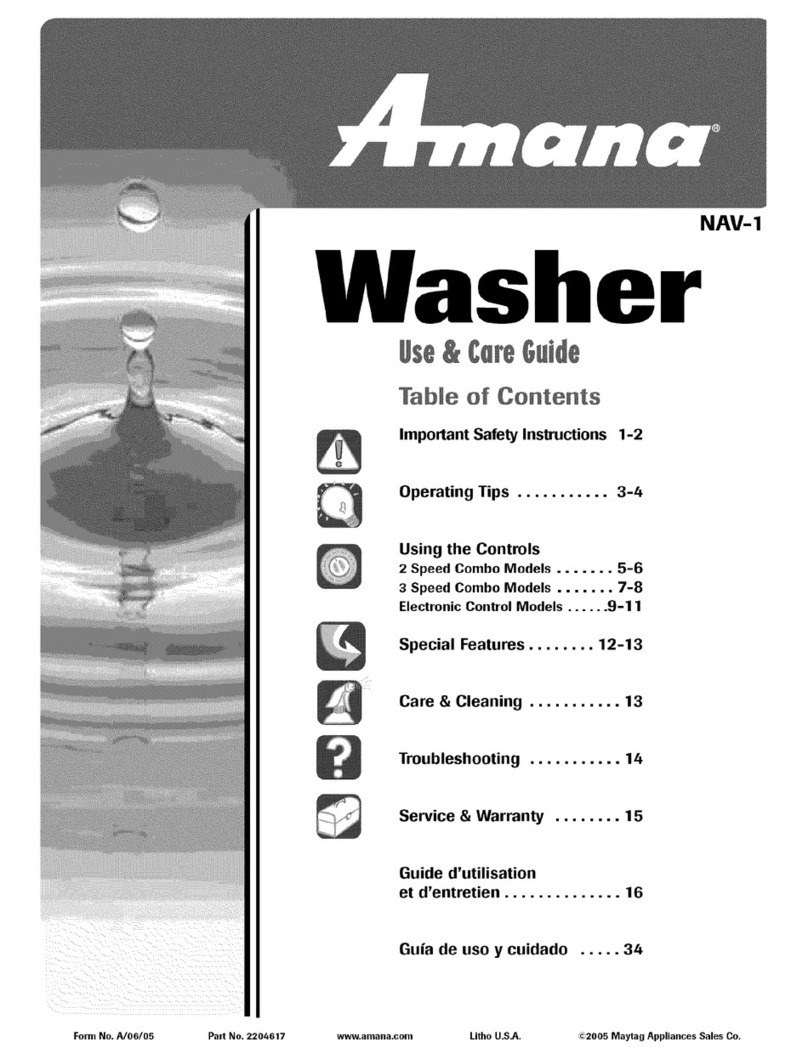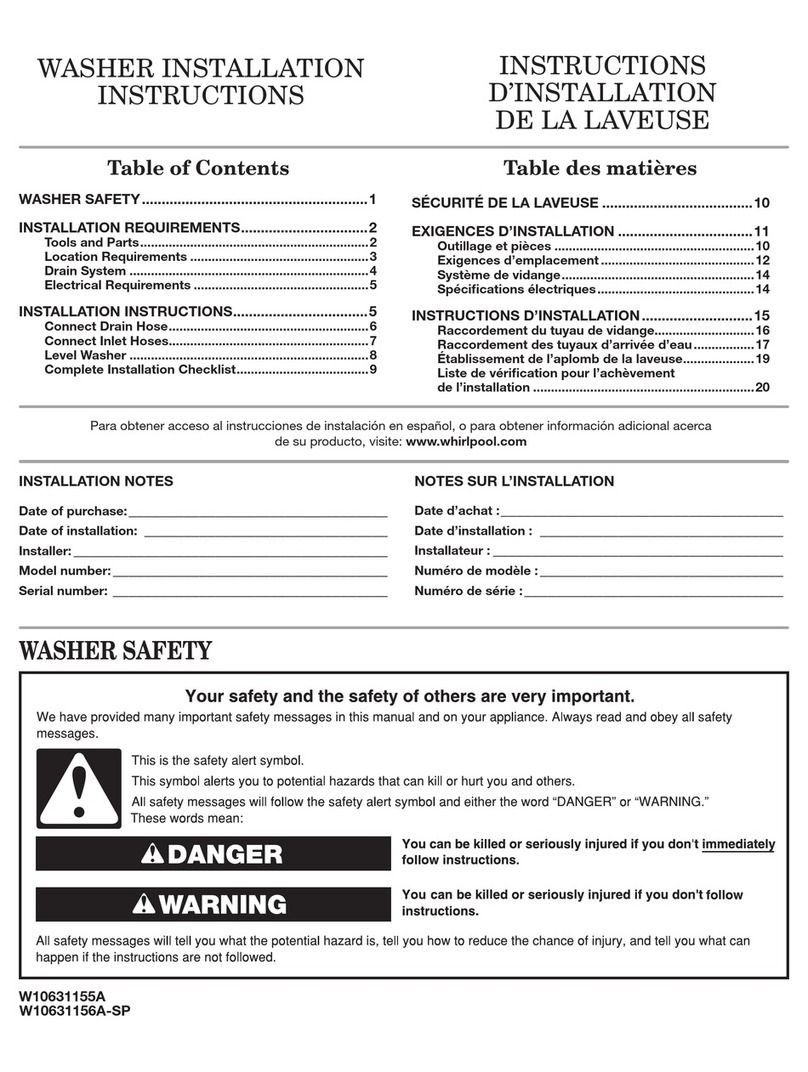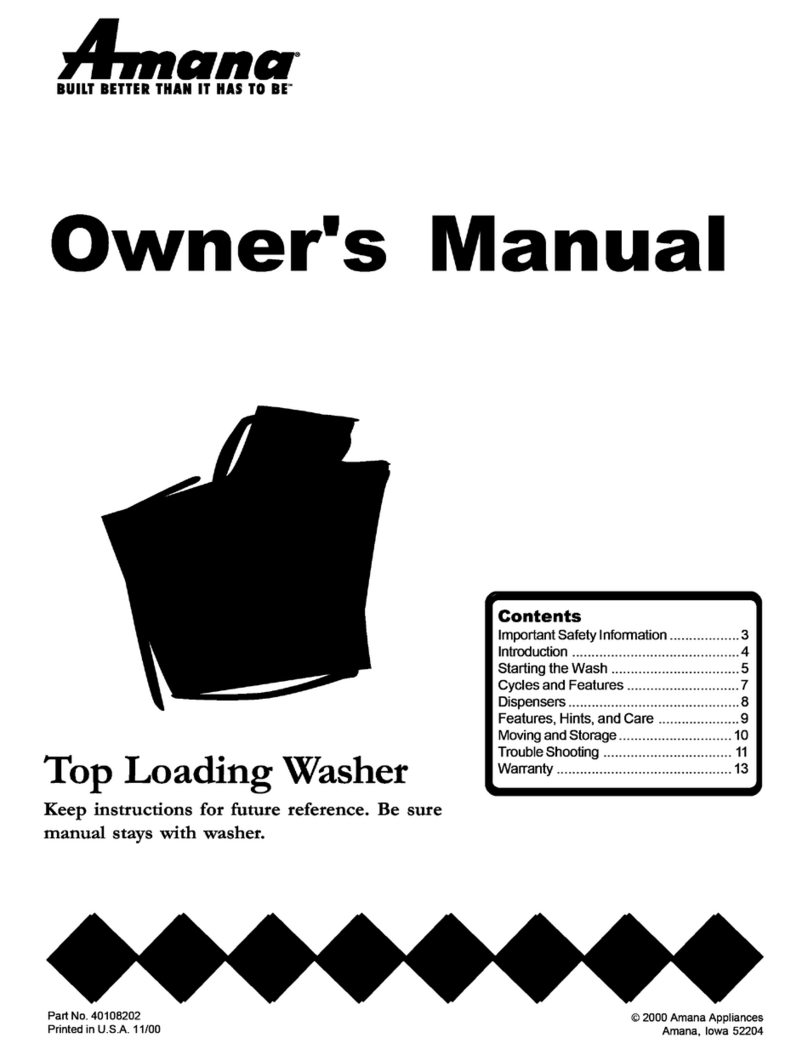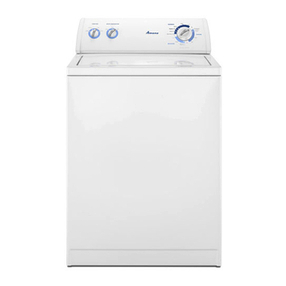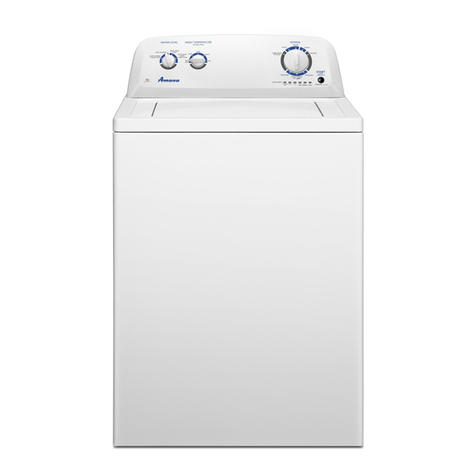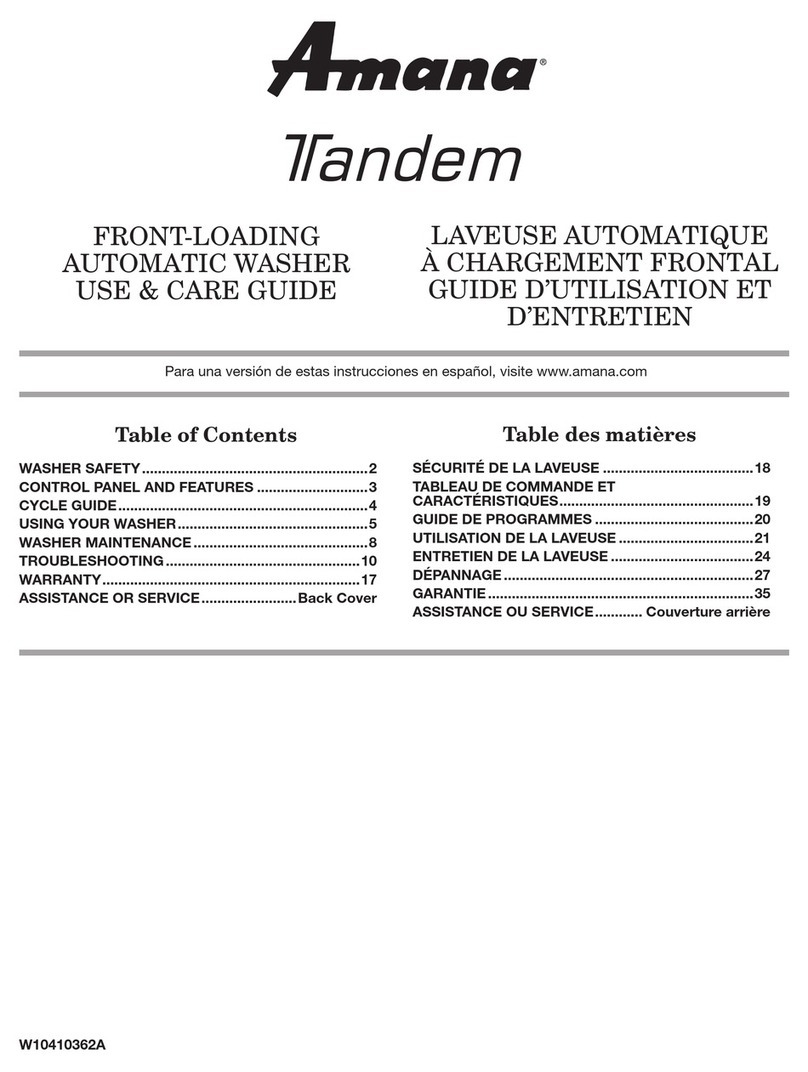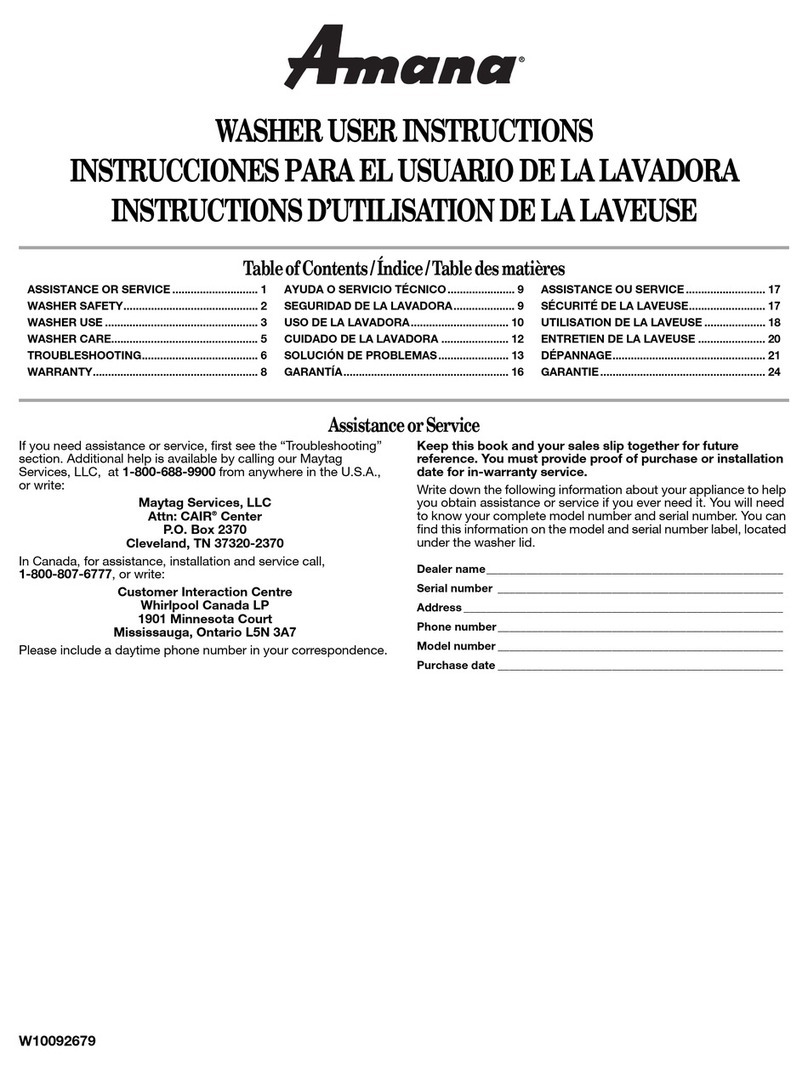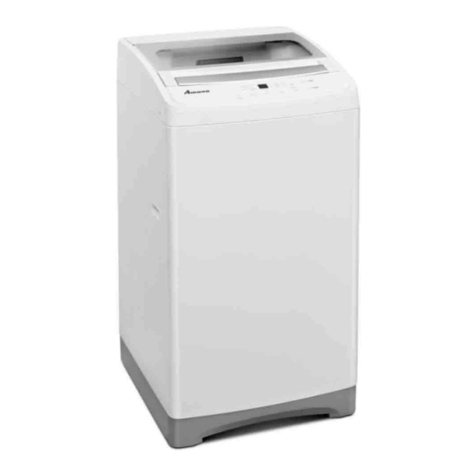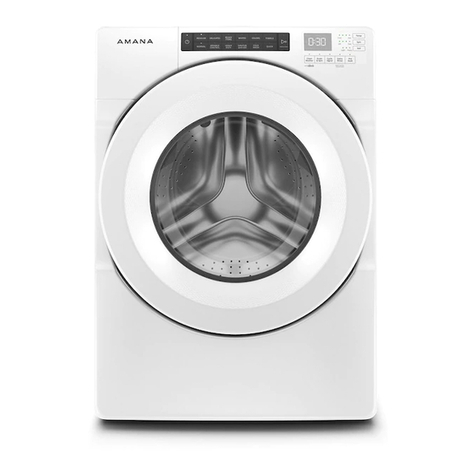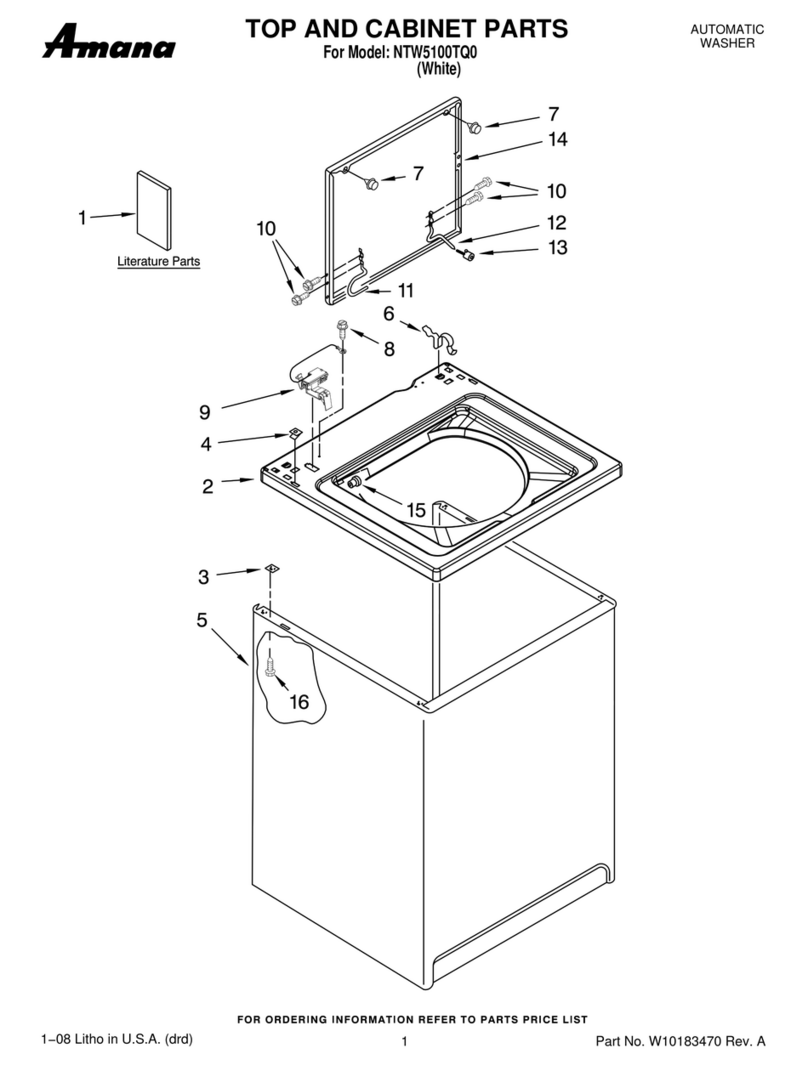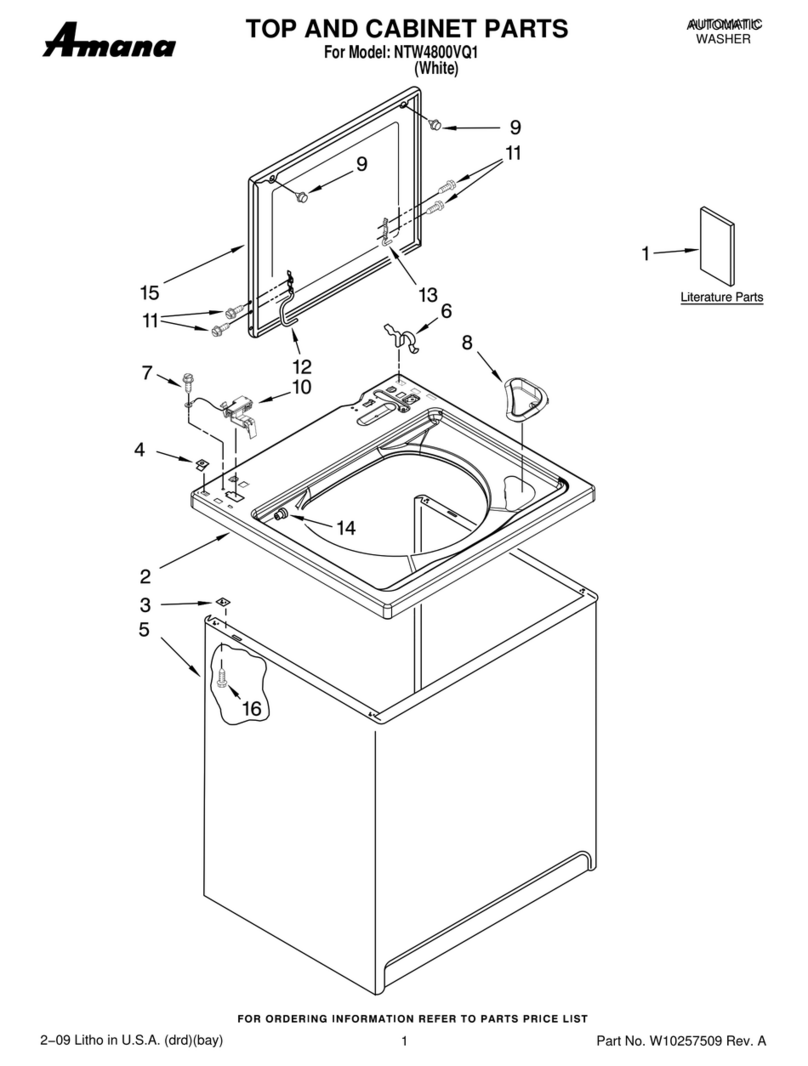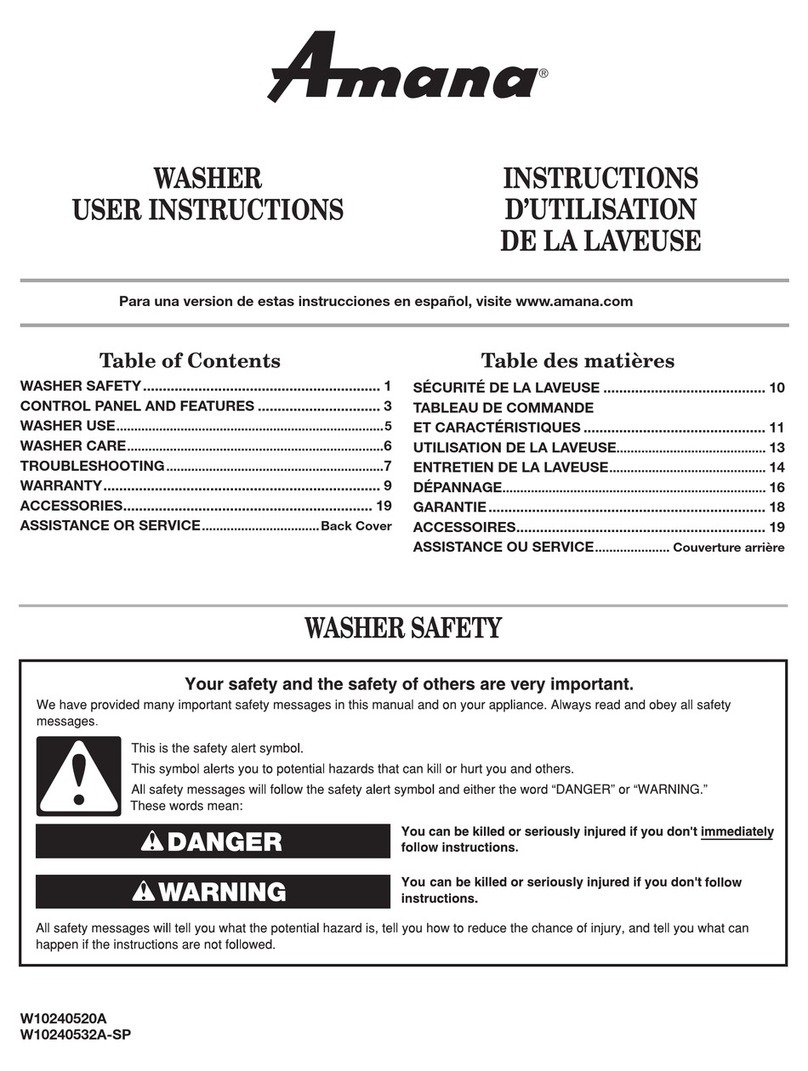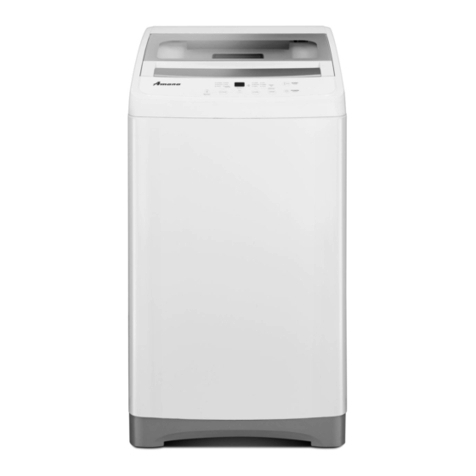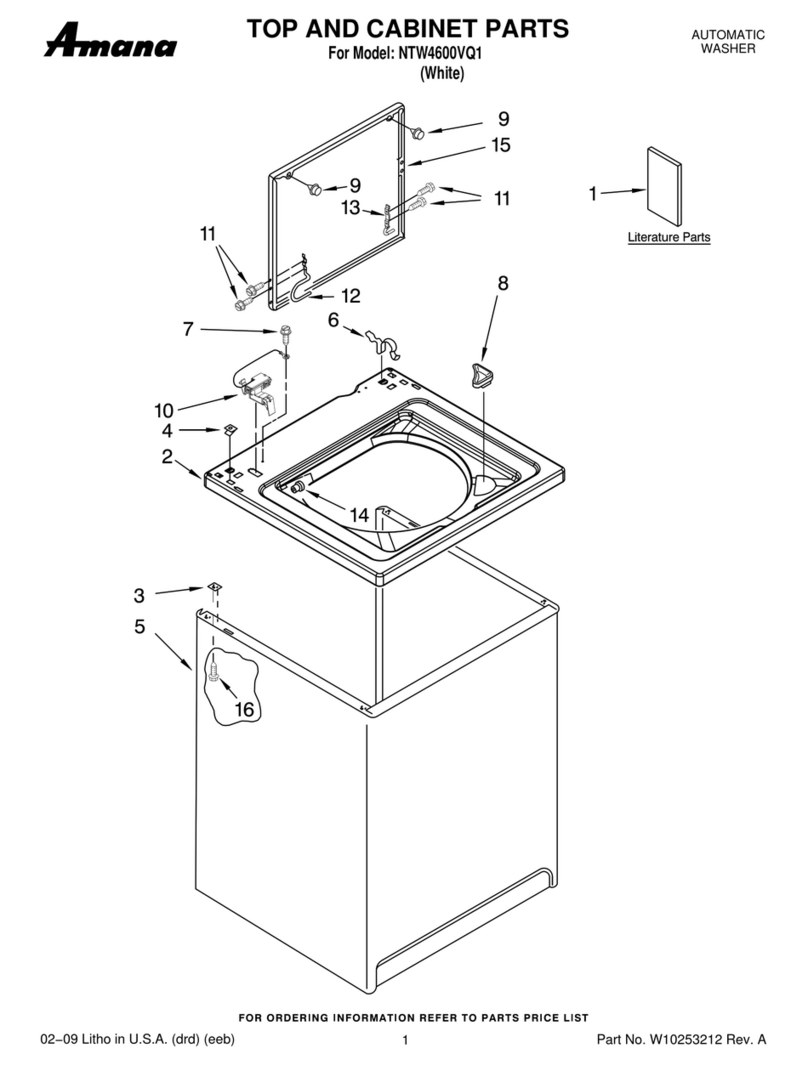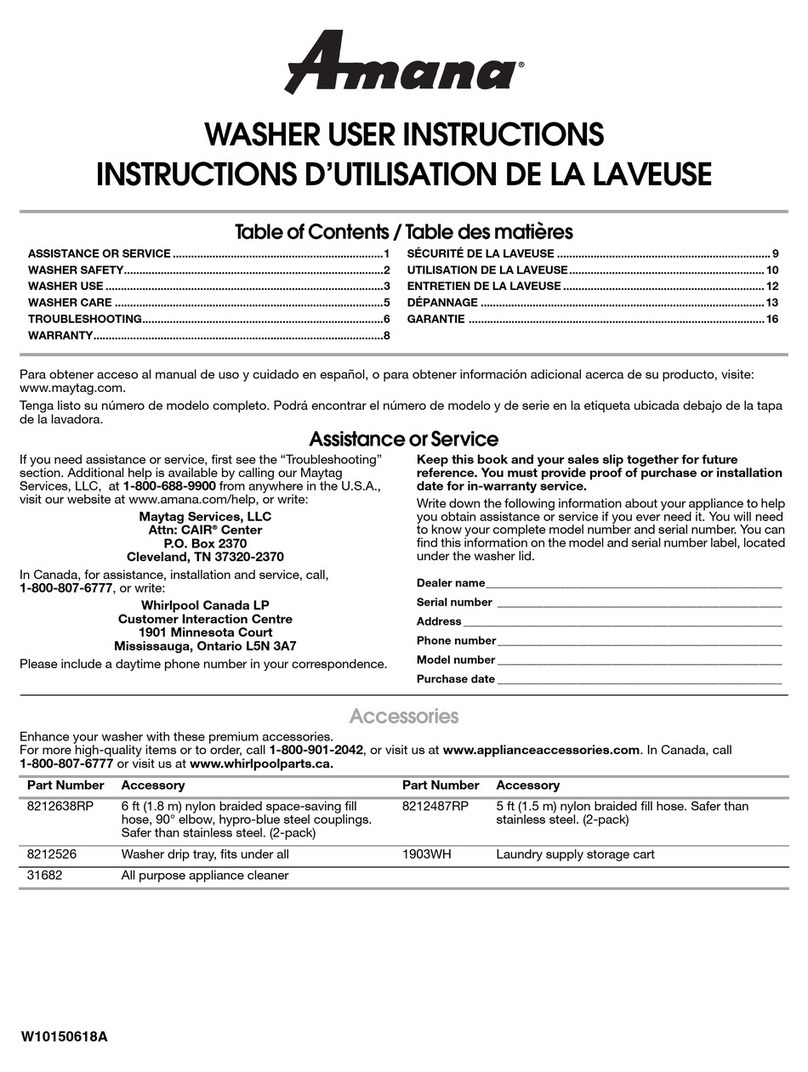
3
!
WARNING
To reduce the risk of fire, electric shock, serious injury
ordeath to persons whenusing your washer,follow
these basic precautions:
1. Readall instructions before usingthe washer.
2. Referto the Grounding Instructionsin the Installa-
tionManualforthe proper grounding of thewasher.
3. Donotwash articles that havebeen previously
cleaned in, washed in, soaked in, or spotted with
gasoline,dry-cleaningsolvents,or other flammable
orexplosivesubstancesas they give off vapors
that could ignite or explode.
4. Donot add gasoline, dry-cleaningsolvents, or
otherflammable or explosive substancesto the
washwater. These substances give offvapors that
couldignite or explode.
5. Undercertain conditions, hydrogengas may be
produced in a hot water system that has not been
used for two weeks or more. Hydrogen gas is
explosive. If the hot water system has not been
usedfor such a period,before using awashing
machineorcombination washer-dryer, turnon all
hotwater faucets andlet the water flow fromeach
forseveral minutes. This willrelease any accumu-
lated hydrogen gas. The gas is flammable, do not
smoke or use an open flame during this time.
6. Do not allow children to play on or in the washer.
Closesupervisionof children is necessarywhen
the washer is used near children. This is a safety
rulefor all appliances.
7. Beforethewasherisremovedfromservice or
discarded,remove the door tothe washing com-
partment.
8. Do not reach into the washer if the wash tub is
moving.
9. Do not install or store the washer where it will be
exposedtowaterand/or weather.
10. Do not tamper with the controls.
11. Donot repair or replace anypart of the washer, or
attemptany servicing unless specifically recom-
mendedin the User-Maintenance instructionsor in
publisheduser-repairinstructions that you under-
stand and have the skills to carry out.
12. To reduce the risk of an electric shock or fire, do
not use an extension cord or an adapter to con-
nect the washer to the electrical power source.
13. Use yourwasher only forits intended purpose,
washingclothes.
14. Always disconnect the washer from electrical
supplybefore attempting any service.Disconnect
the power cord by grasping the plug, not the cord.
15. Install thewasher according tothe Installation
Instructions.All connections forwater, drain,
electricalpower and grounding mustcomply with
local codes and be made by licensed personnel
when required. Do not do it yourself unless you
knowhow!
16. Toreduce the riskof fire, clothes which have
traces of any flammable substances such as
vegetableoil, cooking oil, machineoil, flammable
chemicals, thinner, etc. or anything containing wax
or chemicals such as in mops and cleaning cloths,
must not be put into the washer. These flammable
substances may cause the fabric to catch on fire
by itself.
17. Do not use fabric softeners or products to elimi-
natestatic unlessrecommended bythe manufac-
turerof the fabric softeneror product.
18. Keep yourwasher in good condition.Bumping or
droppingthewasher can damage safetyfeatures.If
this occurs, have your washer checked by a
qualifiedserviceperson.
19. Replacewornpowercords and/or loose plugs.
20. Besurewaterconnectionshaveashut-offvalve
and that fill hose connections are tight. Close the
shut-offvalves atthe end of eachwash day.
21. Loading door must be closed any time the washer
is to fill, tumble or spin. Do not attempt to bypass
the loading door switch by permitting the washer to
operatewiththe loading door open.
22. Always readand follow manufacturer’s instructions
onpackages of laundryand cleaning aids. Heed all
warningsor precautions. To reduce therisk of
poisoning or chemical burns, keep them out of the
reach of children at all times (preferably in a locked
cabinet).
23. Always followthe fabric care instructions supplied
bythegarmentmanufacturer.
24. Neveroperatethewasher with any guards and/or
panelsremoved.
25. Do notoperate the washer with missingor broken
parts.
26. Do not bypass any safety devices.
27. Failure to install, maintain, and/or operate this
washeraccordingto the manufacturer’s instruc-
tions may result in conditions which can produce
bodilyinjuryand/or property damage.
Note:TheWarning and Important SafetyInstructions
appearingin this manualare not meant to coverall
possible conditions and situations that may occur.
Common sense, caution and care must be exercised
wheninstalling,maintaining, or operating thewasher.
Alwayscontact your dealer, distributor,service agent or
themanufacturer about any problemsor conditions you
donotunderstand.
